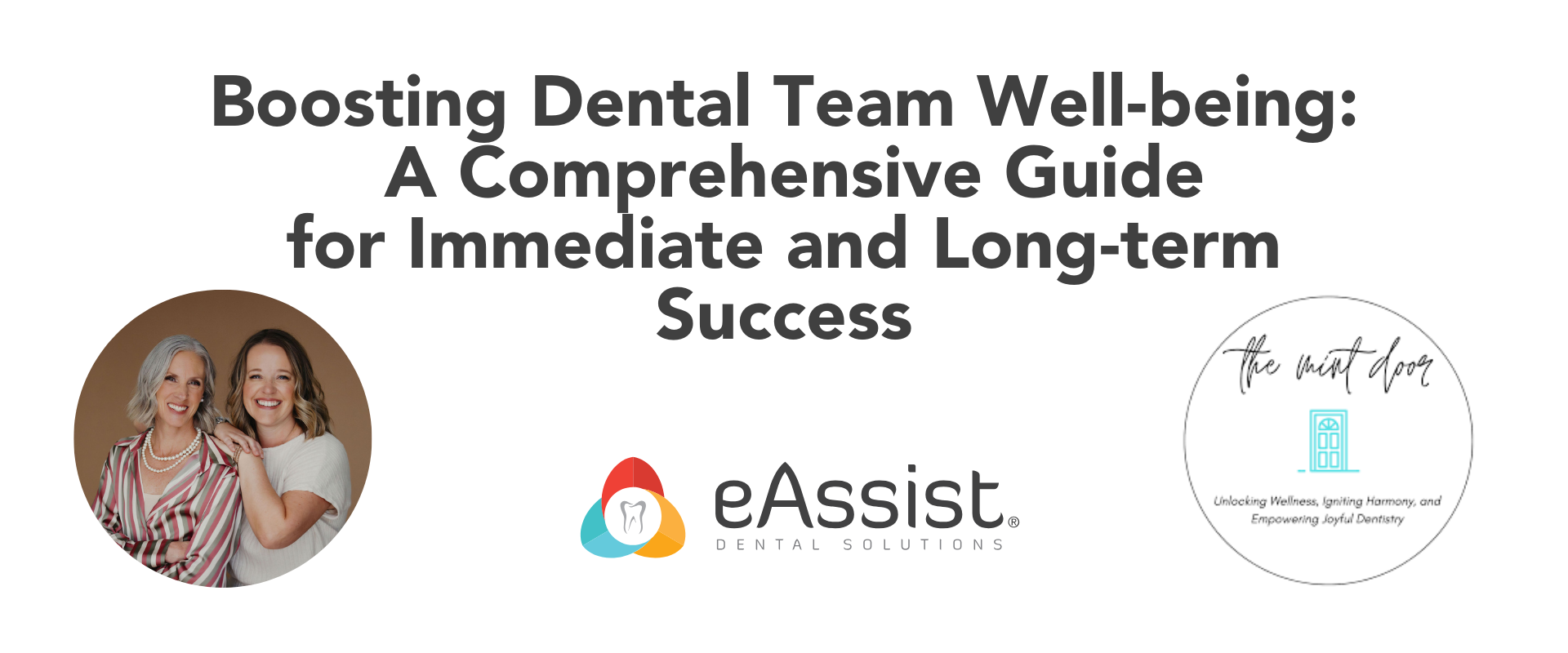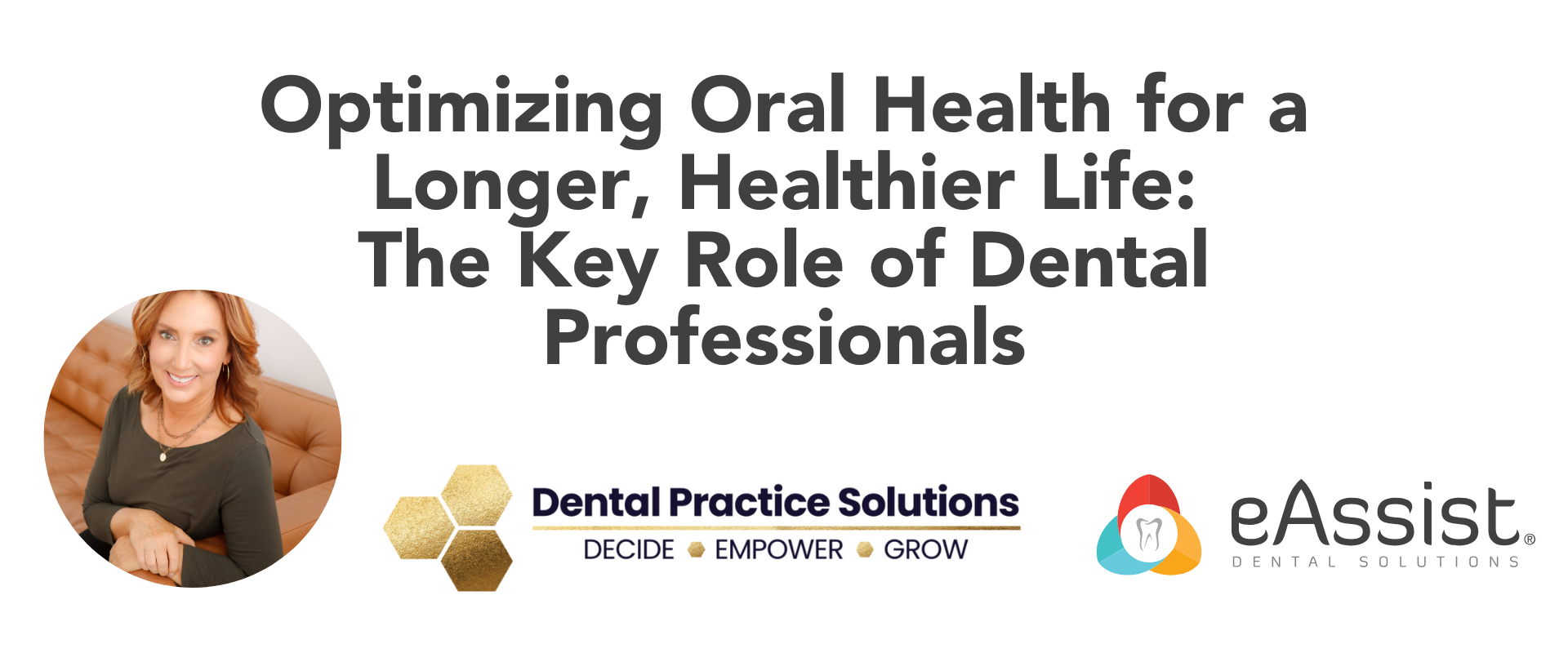The dental billing process for appeals is a system to practice and hone if you are doing any services other than diagnostic and preventive — and even those have to be appealed every now and then. In many practices, patients with dental insurance make up the majority of the active patient base, so not appealing claims can be costly. Approximately 33% of denied claims are appealed for reimbursement, due to either a lack of time or not knowing if the claim is truly appealable. Then one of two things probably happens: 1) a (possibly unnecessary) write-off is done, or 2) a statement is sent to the patient. Keep in mind that insurance companies send copies of Explanation of Benefits (EOBs) to the subscriber, which means patients can see if a service is denied and why. This creates frustration for staff and patients, and can ultimately cause patients to lose trust in your dental billing processes.
Knowing when an appeal is warranted
Can your dental biller make the distinction between rejected, disallowed, and denied claims? This is often the primary step in knowing whether or not an appeal is warranted, and will be worth the time, or if there’s a different roadblock in your dental billing processes.
Rejected claim
A rejected claim is one that’s kicked back as a result of a line item on the claim form that can’t be processed. The claim has to be reviewed for accuracy, corrected, and resubmitted. Rejected claims are the most frustrating — and avoidable — roadblocks to timely compensation.
Disallowed procedure
When a procedure is disallowed, the insurance payor has determined that it doesn’t qualify for adjudication per the patient’s plan. Disallowed procedures aren’t billable to the patient and should not be written off. Explanations of Benefits (EOBs) that state services rendered are disallowed procedures may be terribly frustrating for both the provider and the patient if it results in an unexpected balance.
Denied claim
When a claim is denied, the insurance payor has determined that the claim doesn’t qualify for reimbursement, and the reason will be stated on the Explanation of Benefits (EOB). If the claim is denied due to missing data or filing errors, that’s a reason to appeal!
Develop proactive dental billing processes
There are proactive dental billing processes that can reduce the risk of rejected and denied claims. The first step is inputting the correct insurance and patient information so that the claim will be adjudicated quickly. Filing claims electronically is highly recommended, as fewer and fewer insurance companies are accepting paper claims. Electronic claim submission also allows you to track the claim and ensure that it was received by the insurance company.
Is your practice management software updated to generate the most current ADA claim format? If not, this could be a roadblock in your dental billing process. In addition, sending claims with correct coding for the services rendered can increase timely payment — and even the amount of payment on the claim. Click here to get the current CDT 2022 codes for your practice.
Dental billing tips for denied claims
Here are a few more reasons why claims are commonly denied, with some helpful dental billing process tips and tricks:
Wrong or missing information on the claim
Do you have the correct subscriber identification number on the claim? Double-check the gender, date of birth, relationship to provider, employer, and group number, and make sure every field is correctly filled out and matches what the insurance payor has on file.
Missing Tooth clause
The patient may have coverage for a fixed bridge but under the condition that the missing tooth was extracted while covered under their policy. If the tooth was not extracted while the patient was covered under the specific plan, there is no coverage for a replacement. This is an important question to ask when verifying the insurance plan benefits.
Waiting periods
Waiting periods are often seen on private insurance plans. This means that the patient has to have coverage for a set amount of time before benefits are available. Asking about waiting periods is an important question when verifying coverage, and may require a bit of calculation.
Age of patient
Sealants and orthodontic coverage are commonly denied because the patient exceeded the age limitation for services based on insurance plan limitations. If these are services that your office regularly provides, it is recommended to ask about age limitations when verifying the patient’s coverage.
Frequency limitations on procedures that are covered by the policy
Frequency limitations apply to most procedures, but are different depending on the specific procedure. Is D1110 covered twice a year or once every six months? Getting detailed frequency limitation information helps when scheduling the patient for recare visits that won’t result in unexpected balances for services that are covered.
Contractual limitations
Some procedures are not covered at all on some policies, even though it is the same insurance company that covered someone else for the same procedure. This is because group coverages differ.
Incorrect CDT coding
CDT codes change and adapt on a yearly basis. If you are apprised of the code and nomenclature changes, you may bill a deleted code to an insurance payor or send a claim without the necessary information for timely reimbursement. These are dental billing process roadblocks that are easily remedied by having a comprehensive coding resource available to help you.
Another dental billing tip is to use your coding reference to verify what additional information is needed for each code. For example, detailed information for what should be included on a claim for a replacement prosthetic.
Unreadable documentation
Have you ever had an insurance payor state that the documentation sent with a claim was “unreadable?” Before sending a claim, check that the necessary documentation to support the diagnosis and procedures is legible. It is recommended to avoid faxing documentation, or scanning in faxed or printed documentation, as that causes distortion and can make it hard to read.
Dental billing processes are time-consuming
Do you currently have a stack of correspondence from insurance payors requesting more information, needing corrected patient information, or stating “not covered” because the patient’s policy changed with the new year? This stack may be overwhelming because it means HOURS of time on the phone with insurance payors and patients, tracking down the correct information to get claims paid.
Did you know? The platform specialists at eAssist Dental Solutions can take that stack off of the desk, get all of the information needed to appeal the claim, and follow it through to payment. Our platform is here to help with all of the tedious dental administrative tasks that are bogging down your dental office. Taking these tedious dental billing processes, and streamlining them behind the scenes, means time to focus on patient care, treatment planning, scheduling, marketing, and so much more. Email LearnMore@eassist, call 1-844-327-7478, or click here for a quick consultation!









Lucinda Lignell
I am an eAssist Success Consultant. I take great pride in the appeals I send on behalf of patients and my Dr offices. Every detail the insurance could possibly need to know is included in my appeals – a well worded Appeal Letter, Clinical notes, XR, IO Photos, Denial EOB, Initial claim, SRP Perio charting & even ADA standard of treatment info as needed. I can proudly say that the majority of my appeals are paid – maybe not on the 1st or even 2nd appeal, but Peer to Peer & independent review cleans up the previously denied.
I know I’m the standard eAssister, not the exception.
Get your eAssist on!